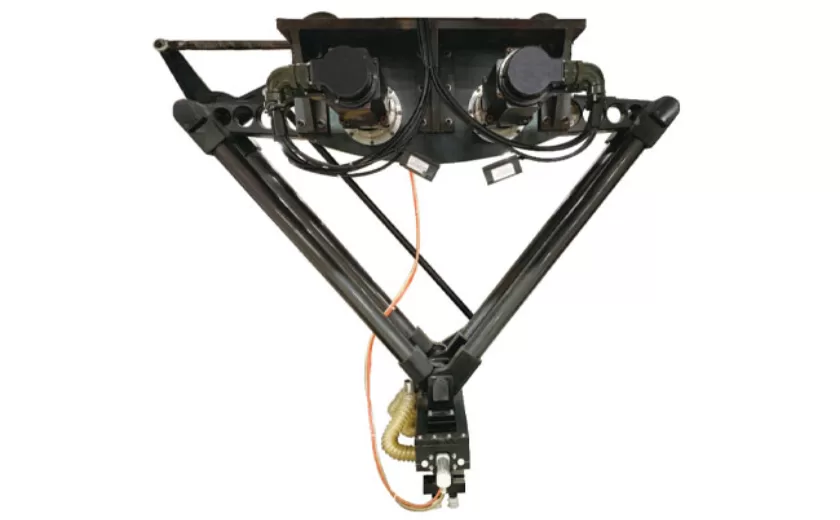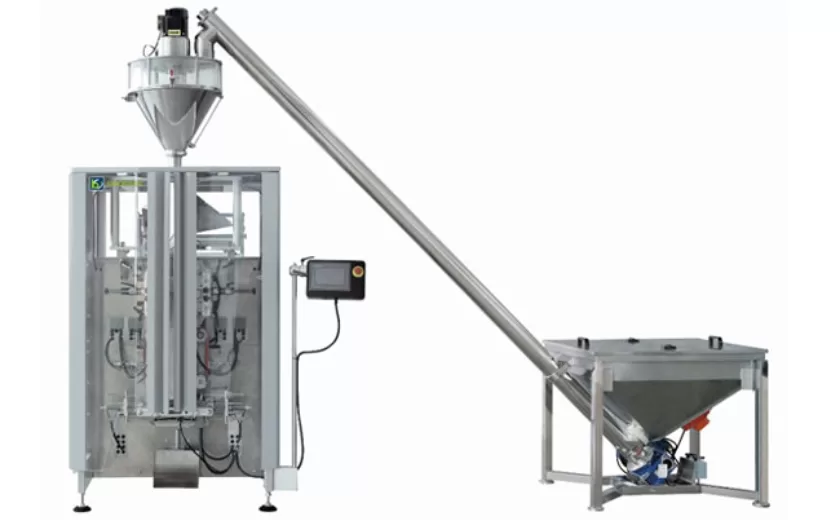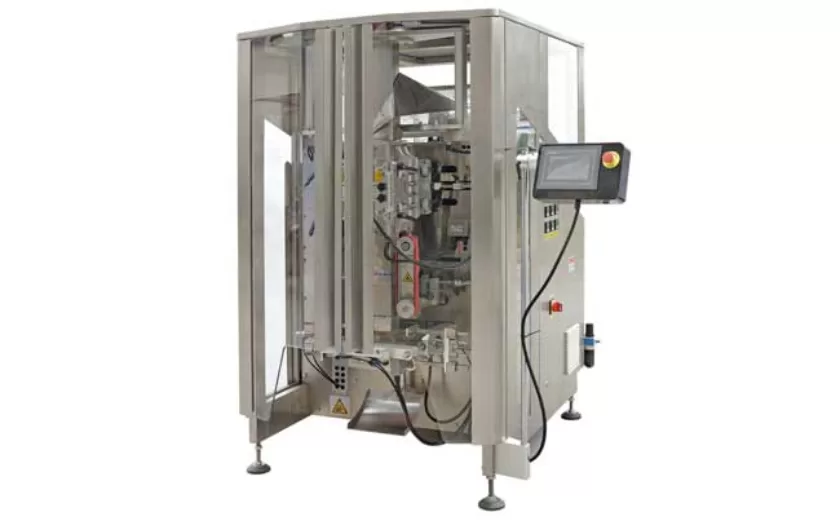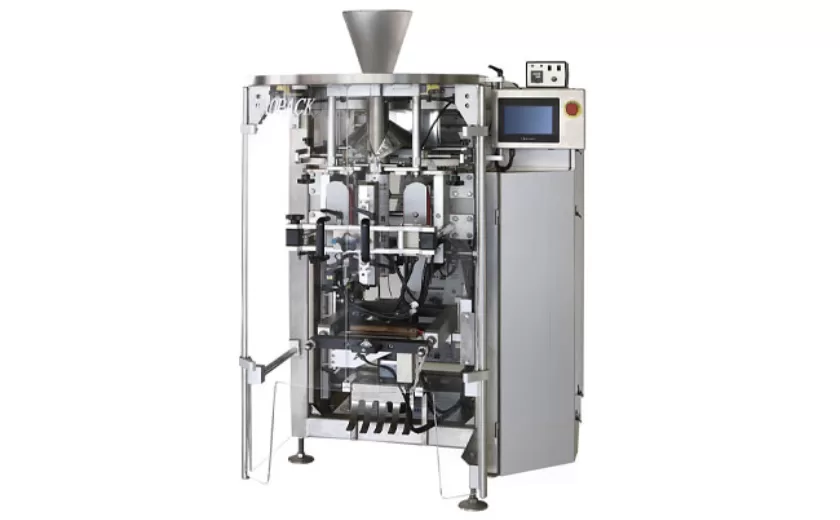How to Achieve Consistent Quality Control with Powder Weigh Fillers
High-quality products are a cornerstone of any successful business, and quality control plays a vital role in ensuring that products meet the desired standards. For products that incorporate powders, weigh fillers are crucial for achieving consistent quality control. This article explores the key principles and techniques for achieving consistent quality control with powder weigh fillers.
Accuracy and Precision
Equipment Calibration:
Maintaining accurate and precise weigh fillers is crucial. Regular calibration ensures that the weighers are accurately measuring the correct amount of powder, eliminating errors and inconsistencies.
Operator Training:
Proper operator training is essential for consistent performance. Operators should be trained on the correct procedures for weigher setup, operation, and maintenance to minimize human error.
Consistent Material Flow:
Ensuring consistent material flow into the weigher is critical. Factors such as hopper design, agitation, and level sensors play a significant role in maintaining a steady flow of powder.
Monitoring and Control
Real-time Monitoring:
Real-time monitoring systems can provide valuable data on weigher performance. By monitoring parameters such as weight, cycle time, and errors, any deviations from the desired settings can be detected and corrected promptly.
Statistical Process Control (SPC):
SPC techniques can be employed to analyze weigher performance data. Statistical methods such as control charts and capability studies can identify trends, variations, and areas for improvement.
Predictive Maintenance:
Implementing a predictive maintenance program can help identify potential problems before they arise. Regular inspections, condition monitoring, and data analysis can help schedule maintenance and repairs proactively, minimizing downtime and ensuring consistent performance.
Process Optimization
Hopper Design:
The design of the hopper, including its shape, size, and agitation mechanism, significantly influences material flow and weigher accuracy. Optimizing hopper design can minimize bridging, segregation, and other issues that affect consistency.
Material Compatibility:
Understanding the compatibility between the powder material and the weigher components is essential. Factors such as particle size, density, and flowability should be considered to ensure proper material handling and accurate weighing.
Environmental Control:
Environmental factors such as temperature, humidity, and vibration can impact weigher performance. Maintaining a controlled environment can minimize variations and ensure consistent results.
Achieving consistent quality control with powder weigh fillers requires a comprehensive approach that encompasses accurate and precise equipment, effective monitoring and control, and process optimization. By implementing the principles and techniques outlined in this article, manufacturers can ensure the consistent delivery of high-quality products, enhance customer satisfaction, and maintain a competitive edge in the market.
-
Advanced Packing Solutions: Snacks, Sugar, and Frozen Food Machines
29-10-2025 -
Efficient and Reliable Solutions for Salt, Nuts, and Frozen Dumplings Packing
29-10-2025 -
High-Performance Biscuits, Lollipop, and Ketchup Packing Machines for Modern Food Production
29-10-2025 -
Efficient Liquid Filling and Packing Machines for Modern Production
23-10-2025 -
Reliable Granule Packaging Machines for Efficient Production
23-10-2025 -
Efficient Auger Powder Filling Machines for Accurate Packaging
23-10-2025 -
High-Performance Liquid Filling and Packing Machines for Hygienic Production
10-10-2025 -
High-Efficiency Granule Packaging Machines for Precision and Speed
10-10-2025 -
High-Precision Auger Type Powder Filling Machines for Efficient Packaging
10-10-2025 -
Efficient Vertical Form Fill Seal Packaging Machines for Smart Production
10-10-2025











